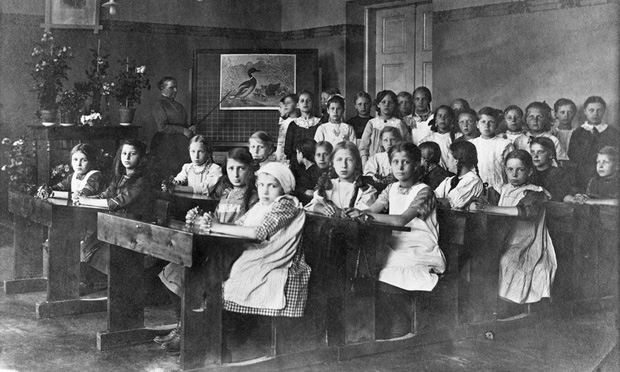

Annankatu School
Annantalo, which is Finnish for “Anna’s house”, was originally known as “Annegatans svenska folkskola”, or “Annankatu Swedish-speaking public school”, and it was one of the buildings that housed the new kinds of schools in Helsinki towards the end of the 19th century. The handsome Neo-Renaissance building was designed by architect Gustaf Nyström, and when it was completed in 1886, it represented the latest technology of the era: electric lighting throughout, running water, and 15 spacious classrooms kitted out for different subjects.
Nyström’s original drawings have met some changes over the years: The third floor, for example, is a later extension, and the wall, which originally divided the building into two halves – the south side was for boys and the north side for girls – has since been taken down, as has the fabulous wooden Art Nouveau outbuilding, which Karl Hård af Segerstad designed for the back garden in 1910. According to the drawings, the building had 20 toilets for girls and 10 for boys, as well as a woodshed, a utility room, and a kitchen.
Most of the students of Annankatu School came from working-class families. Their parents were typically carpenters, coachmen, inn-keepers, stonemasons, farmhands, bricklayers, soldiers, lithographers, cobblers, labourers and merchants. One had a PhD. Many parents wanted their children to work instead of going to school, and some children worked after school in the evenings or even at night. The teachers of Annankatu School organised what is believed to be the first parents’ evening in Finland in 1889. Their aim was to convince parents about the importance of schooling.
The school was closed during the wars. The building served as a military base during the restless years of 1916–1919, as barracks in 1939–1940, and as a military hospital in 1941–1942. The school reopened after the wars and operated until 1969.